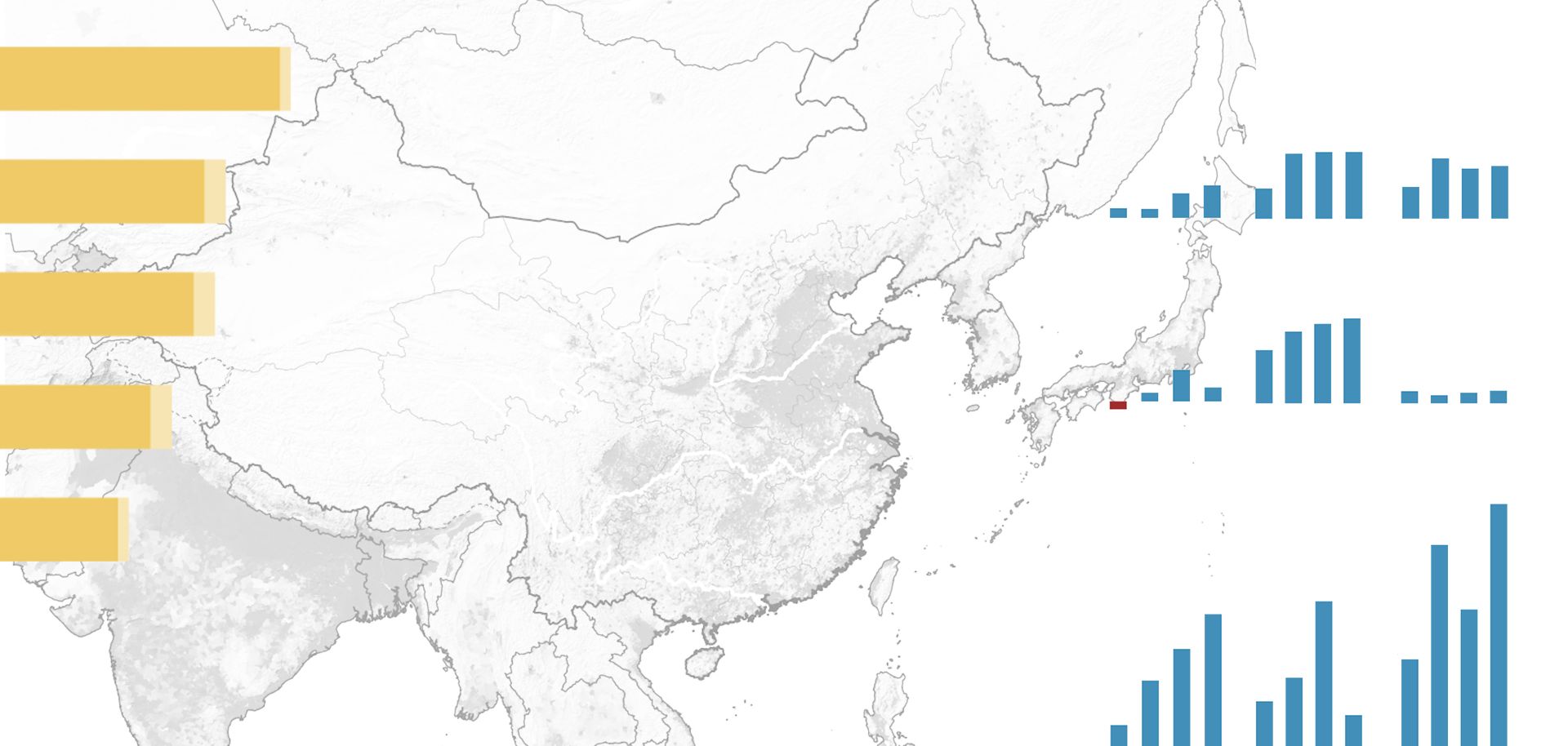
Transport infrastructure has a significant effect on a country's trade costs and its economic development. Due in part to the investment in man-made infrastructure like highways and rail networks along with natural transport networks like rivers, Northern Europe — defined here as France, Germany and the Netherlands — is considerably richer and more developed than Southern Europe. The countries of Southern Europe — Italy, Spain, Portugal, Greece and the Balkan countries — have higher trade costs because they lack integrated waterways or extensive road and rail networks, in part due to the mountainous geography separating them from the Northern European core. Whether or not a country possesses natural transport networks in the form of navigable waterways or ports, it has a strategic incentive to build up its man-made transport infrastructure. Today, the main purpose is to facilitate trade, but in the past transport network expansion has also been pursued by national governments to facilitate the movement of military forces within a country's borders. In the 19th century, rail was the most important of these transport systems. With no great topographic difficulties to overcome and many industrial centers that had to be connected, the railway network was most easily developed and dense in northwestern Europe. Countries like France, Spain and the United Kingdom have networks centered on their respective capitals, while Germany — with industrial pockets spread throughout — has a more extensive network throughout the country. Eastern European countries from Moldova north through Ukraine and the Baltics are disconnected from the industrial base in the northwest because the Soviet Union constructed railways using a different gauge.


